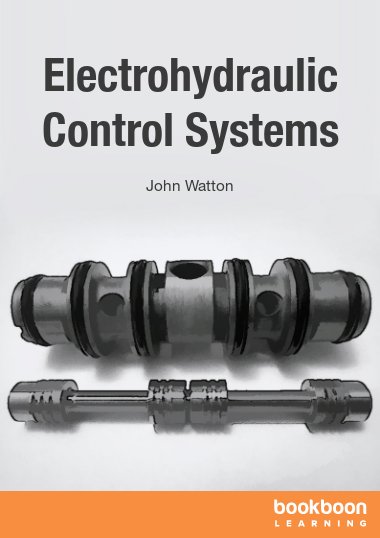Fluid power is used in a vast range of applications, often with fast response times and for power levels that can be up to several MW and where no other form of actuation is feasible. Fluid power control systems may be placed in environmentally-difficult applications and increasingly with alternative fluids to pure mineral oil.
This book specifically considers the application of electrohydraulic valves in control systems, an extremely important part of fluid power. The aim is to bring together various key aspects and up to a design level beyond a basic text but without an overload of fundamental derivations. Some background theory is still considered essential but only at a level that allows the reader to get a ‘feel’ for how it is used in practice. The layout of the book is such that the reader may progress through it from basics of steady-state operation to essential concepts of dynamic design and control.

